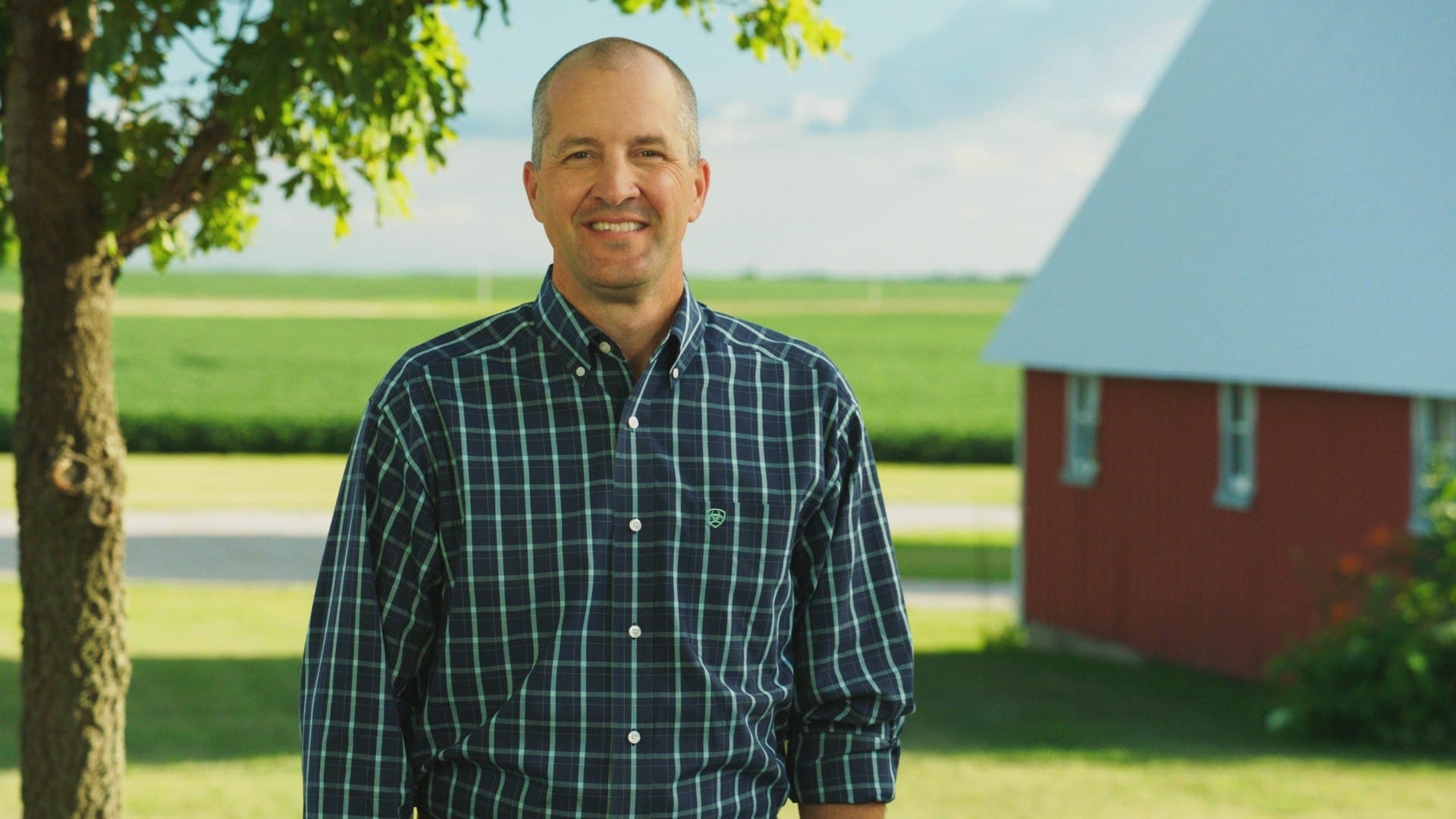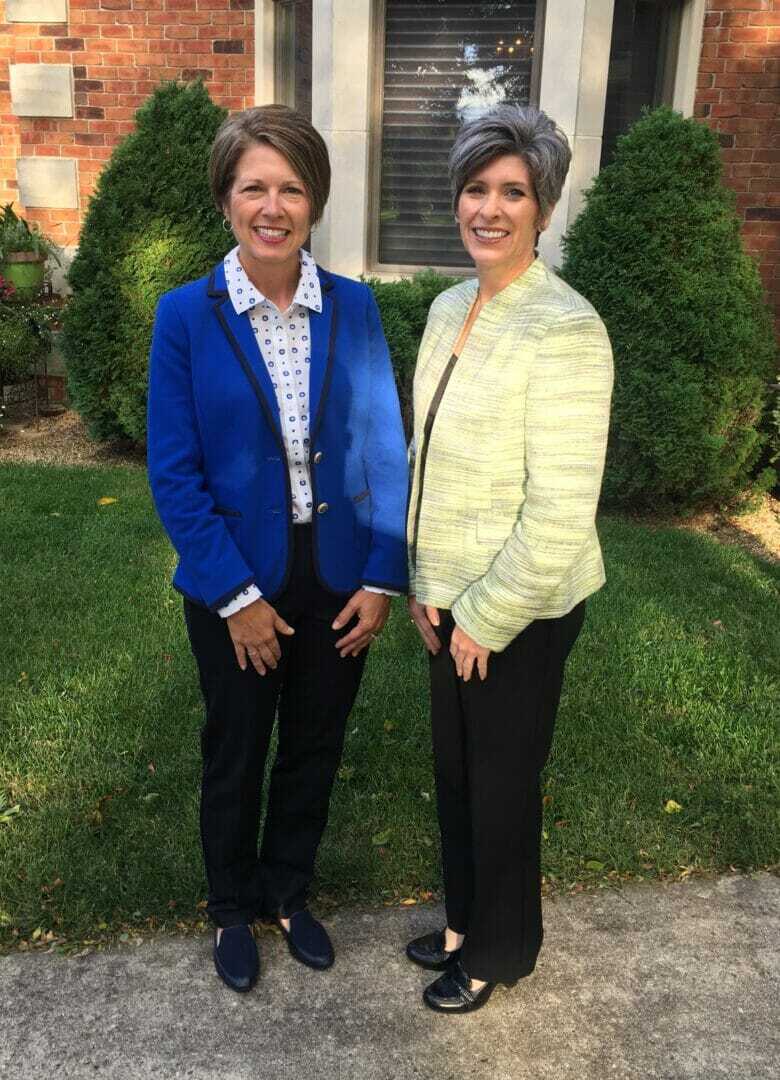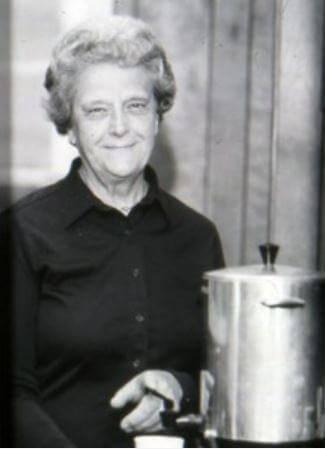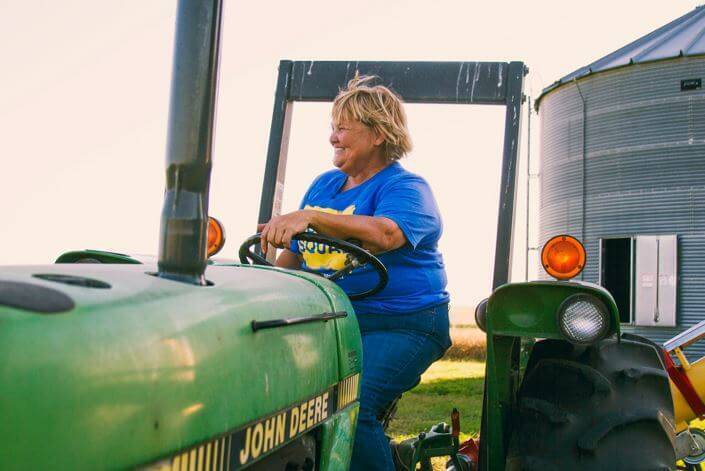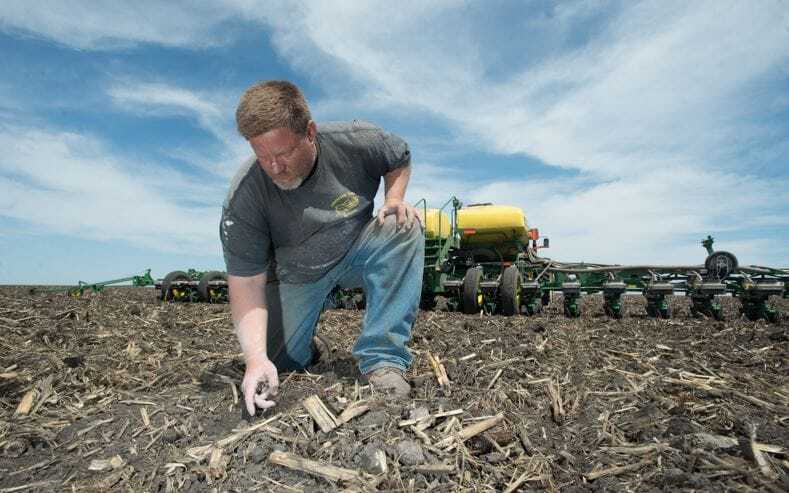“We can’t get to the glory of Easter Sunday without first experiencing the darkness of Good Friday,” my mom taught me. It’s a lesson I hope my children have learned, and it’s a message I pray they will share with their children.
On Good Friday, we remember how Jesus was crucified. We reverently remember His last hours on the cross. Throughout the Tenebrae service, our church gets progressively darker. We confess the sins that caused His suffering by literally nailing them to the cross. And then we exit the sanctuary in total silence. It’s a solemn service, but there is hope.
We know Jesus will be laid in the tomb, and the Good News will be shared on Easter morning.
He is not here: for he is risen, as he said. Come, see the place where the Lord lay. – Matthew 28:6
Easter sunrise service symbolizes the empty tomb that greeted Mary as dawn broke that Easter morning. This sunrise service is filled with light and love. Oh, how I love this service! I love the way our sanctuary is filled with the fragrance of Easter lilies. I love the feeling of joy that is shared when we greet one another by saying, “He is risen. He is risen indeed!”
And, I love the delicious Easter breakfast that is prepared and served by our youth and members of the Youth Committee! (Special thanks to those who arrive around 5 a.m. to crack the eggs and prepare roasters full of food.) I also enjoy getting together with my family for Easter dinner.
Today I’m sharing a recipe for Empty Tomb Rolls in case you want to add more symbolism to your holiday meal. I’m also sharing links to several of my family’s favorite Easter recipes in the following posts. You’ll find simple, yet delicious recipes to makeover Easter leftovers.
Which came first, the Easter bunny or Easter eggs?
Maintaining Important Easter Traditions
Enjoy Easter Leftovers with “Round 2 Recipe” Ideas
“Colored Easter Eggs” Take on New Meaning
Easy Easter Desserts and Crafts

